Advantages and Disadvantages of Solar Power PlantsA solar power plant gets its energy from the sun. One can use solar energy to power their homes and places of business because it is abundant and renewable. You may have to pay upfront if you install a solar power plant. Your energy consumption will be greatly reduced, nevertheless. 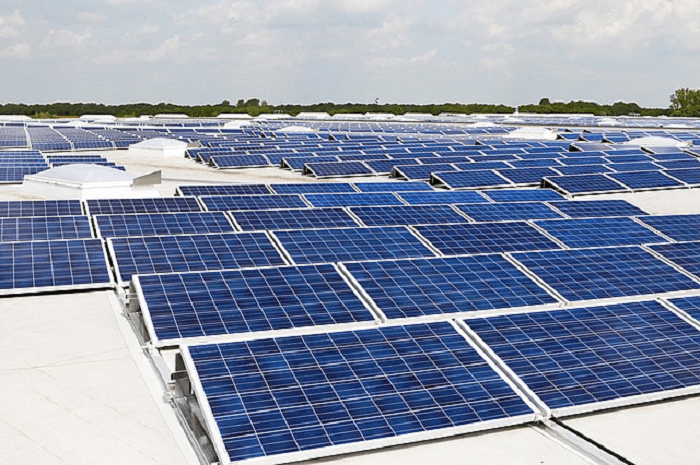
It will lessen the dependency factor, which is more significant. Therefore, you won't need to rely on your electric grid to power your house in an emergency. Electricity can be produced using renewable energy sources. Numerous other uses for the electricity produced include heating and cooling. You can use this non-polluting option to avoid polluting the air and water. You won't also add to the global warming problem. The main advantage of a solar power plant is that it will significantly reduce your energy usage and cost. Given how much sunlight there is, it will be easy for you to produce enough energy to run your house. Solar power plants will transform the energy from the sun. Blackouts will not bother you as a result. Solar power plants come in a variety of varieties. Types of Solar Power PlantsTwo important technologies have been used to use solar energy to generate energy. These are solar photovoltaic and solar thermal technologies. Solar thermal technology will take in the heat from the sun, while photovoltaic technology will transform sunlight directly into electricity. The captured heat will be converted first into mechanical energy and then electricity. To produce power directly, photovoltaic technology will require panels of semiconductor cells. We should learn more about these kinds of. 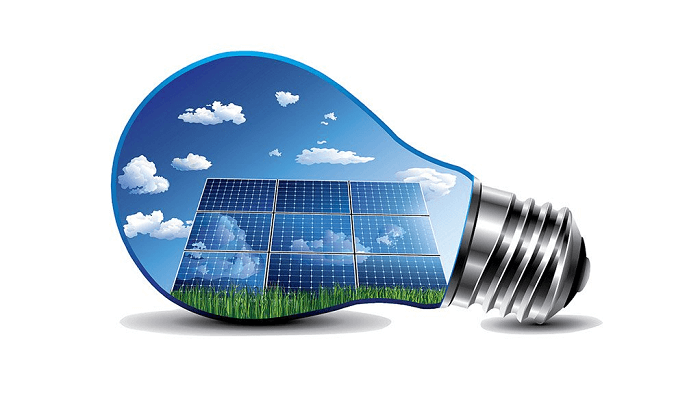
The photovoltaic panels' purpose is to supply electricity to electronic gadgets. The solar thermal collectors, however, are designed to heat your homes. The photovoltaic choices have a capacity of hundreds of acres or more. They can generate electricity for power systems. Solar Photovoltaic Power PlantThe term PV is sometimes used to refer to photovoltaic power facilities. They transform solar energy into electricity. Utilizing solar cells, this kind. Silicon alloys are used to create these cells. Numerous shapes are available for these panels. Thin-film solar panels and crystalline solar panels are two popular varieties.PV solutions are favored because they enable batteries to store solar energy. It may also be fed into the national grid. For converting DC power into AC, the PV plants will require inverters. PV panels often consist of semiconductor material, as was already indicated. Free electrons will be produced when sunlight's photons strike the substance. The free electrons moving through the substance will produce a direct electrical current. The photoelectric effect refers to the entire process. An inverter will be used to convert the DC to AC, and then it will be sent into the grid. Solar thermal plants and PV panels are two different things. They employ visual effects. Thermal plants, however, rely on liquid methods of heat transfer. PV panels have the advantage of not being energy-centric. Rather, they transform photons into energy. Solar Thermal Power PlantIn order to produce electricity, solar thermal power plants gather sunlight in specific ways. Three different sorts can be found within this. These solar thermal systems use parabolic troughs and are linear solar dish power plants. The most common ones are solar dishes or linear collectors. These types typically have parallel rows. The solar thermal power plant will use sunlight to produce heat. It can function in temperatures below 100 °C. Both residential and business properties might get the systems. Different industrial uses can be made of the heat that is produced. The CHINT uses the best technology to produce a superior product for use in both residential and commercial settings. Solar thermal collectors are employed. The heat from the sun is captured by solar thermal collectors, who then transmit it to a fluid made of water, antifreeze, and air for heat transmission. The fluid will be moved to the heated locations. Major Applications of Solar EnergyThe following are some major uses of solar energy: Solar water heating, solar house heating, solar distillation, solar pumping, solar drying of agricultural and animal goods, and solar furnaces are only a few examples. 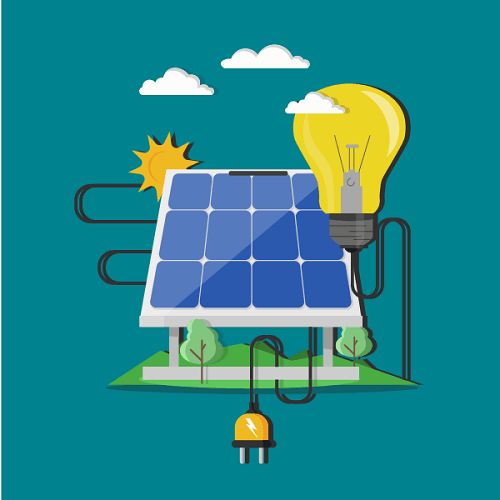
(a) Solar Water HeatingA flat metal plate collector with an attached metal tube towards the sun's general direction makes up a solar water heating unit. A transparent glass cover covers the plate collector under the thermal insulation. The insulated tank that stores hot water on cloudy days is connected to the metal tubing of the collector via a pipe. By absorbing sun rays, the collector uses gravity or a pump to transmit the heat to the circulated water via the tube. 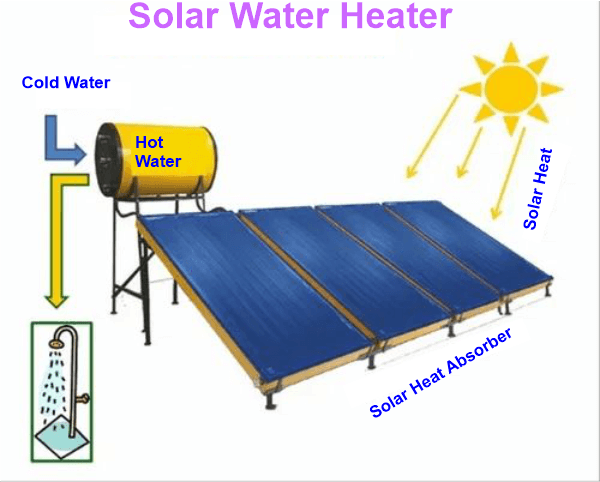
The related metal tubing is used to deliver this hot water to the storage tank. In addition to domestic and commercial buildings, this water heating method is frequently employed in hotels, guest homes, tourist bungalows, hospitals, and canteens. (b) Solar Heating of BuildingsThere are several techniques to utilize solar energy for space heating in buildings, including: (a) collecting solar radiation using a building component, where solar energy is admitted directly into the building through sizable South-facing windows. (b) Making use of separate solar collectors that can heat water or air or storage systems that can store the solar energy for use at night and on cloudy days. The heat is distributed via traditional equipment like fans, ducts, air outlets, radiators, hot air registers, etc., to warm up the living sections of a building when it needs heat from these collectors or storage devices. 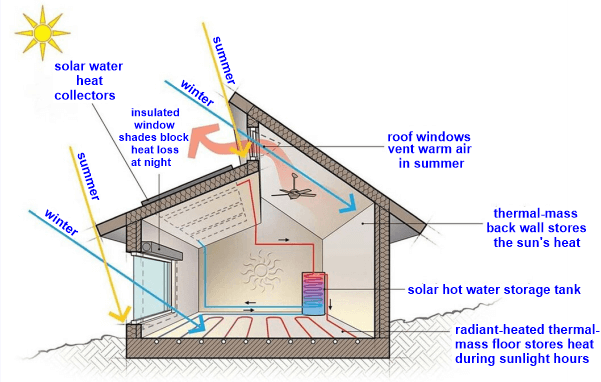
The heated air or water from the collector can be transferred to a heat storage device, such as a well-insulated water tank or other heat-holding material, when the building doesn't need to be heated. An additional heating system employing gas, oil, or electricity is needed as a backup. (c) Solar DistillationPotable water is scarce in arid semiarid, and or coastal locations. Solar distillation is a technique that can be used to turn salt water into potable distilled water in these places due to the ample sunlight. This technique lets sunlight into a shallow, darkened basin filled with salt water through an airtight, transparent glass cover. Solar radiation that enters through the coverings and is absorbed and converted into heat in the surface that has been blackened is what causes the water to evaporate from the brine (impure salt water). The vapors generated are condensed into clean water in the cool roof interior. Condensed water from the roof slopes down and collects in troughs at the bottom, where it is then transferred to a water storage tank to provide potable distilled water in areas where it is scarce, such as colleges, school science labs, defense labs, gas stations, hospitals, and the pharmaceutical industry. Compared to other electrical energy-based procedures, this system's method of obtaining distilled water costs less per liter. (d) Solar-pumping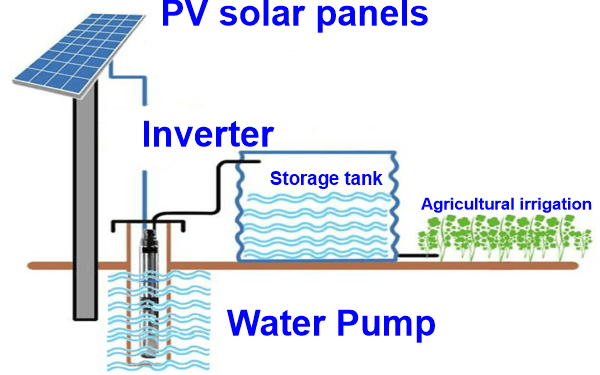
The electricity produced by solar energy is used in solar pumps to move water for agriculture. Because of the high summer temperatures and higher solar radiation during this time, there is a greater need for water pumping, making this method ideal for irrigation. The need for water pumping is also substantially less during periods of bad weather when solar radiation is low since crop transpiration losses are similarly low. (e) Solar Drying of Agricultural and Animal ProductsThis is a tried-and-true method for harnessing solar energy to dry agricultural and animal products. Agricultural items are dried using a simple cabinet dryer, consisting of a black box on the inside and covered with an inclined transparent sheet of glass. To help the airflow over the drying material, put on perforated trays inside the cabinet, and ventilation holes are supplied at the bottom and top of the sidewalls. These perforated trays or racks have been carefully developed for controlled exposure to sun radiation. 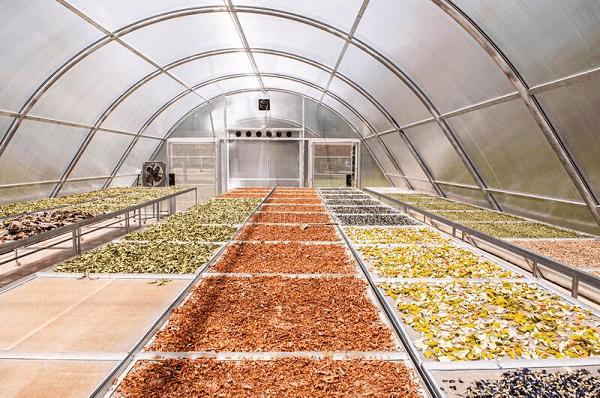
Fruit quality is enhanced by solar drying, particularly because the concentration of sugar increases during drying. Soft fruits are typically more sensitive to insect attack as the sugar content rises during drying. However, a fruit dryer saves significant time by drying fruit faster, reducing the likelihood of insect attack. In addition to requiring a lot of open areas and physical labor for material handling, the current method of drying chilies by spreading them out on the ground makes it easier to preserve their quality and flavor if drying is done in a controlled environment. Furthermore, unexpected rain, dust storms, or bird damage frequently result in the spoilage of sun-dried products. Additionally, findings indicate that producing sun-dried chiles with extremely low moisture content is not feasible. As a result, fungi and bacteria are more likely to attack the chilies. Sometimes when produce is sun-dried, the quality is compromised because the produce is over-dried. Solar energy-powered dryers largely eliminate the majority of these drawbacks. Other agricultural items regularly dried using solar energy include potato chips, berseem, grains of rice and maize, ginger, peas, pepper, cashew nuts, lumber and veneer drying, and tobacco curing. Milk and fish that have been dried using sun energy are two examples of animal products. (f) Solar Furnaces:In a solar furnace, high temperatures are produced by concentrating solar energy onto a specimen using several heliostats (turnable mirrors) arranged on a sloping surface. The properties of ceramics are studied in the solar furnace at temperatures far higher than those that can be measured in labs using flames and electric currents. 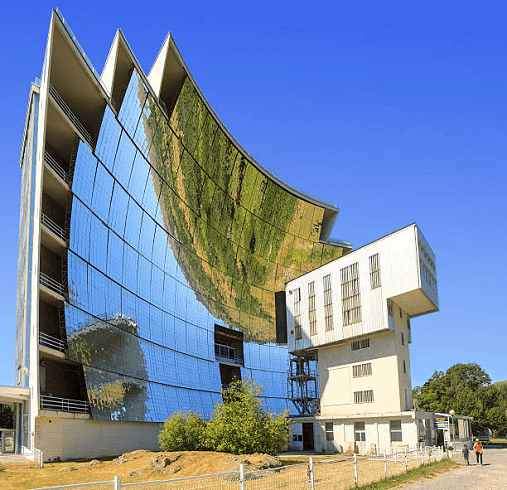
By shifting the position of the material in focus, heating can be done without contamination, and temperature can be readily controlled. This is especially helpful for chemical and metallurgical processes. On an open specimen, many property measurements are available. Future uses of solar furnaces include the creation of fertilizers and nitric acid from the air. (g) Solar Cooking:Solar cooking is becoming more essential as the energy market continues to be vulnerable to supply-side threats. Coal, kerosene, and cooking gas are, unfortunately, fairly scarce. Through an airtight box, the flat plate solar cooker prevents convectional heat loss. 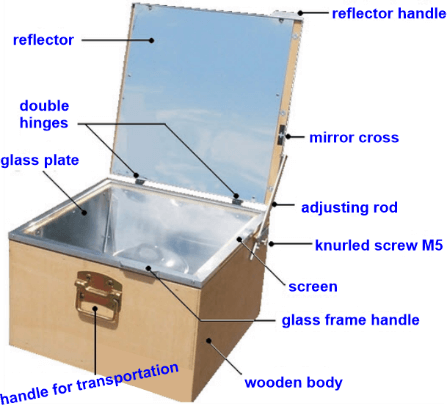
Solar cooking has the advantage of low maintenance expenses, but it cannot be used to cook food in erratic weather or at night. Advantages of Solar Power Plants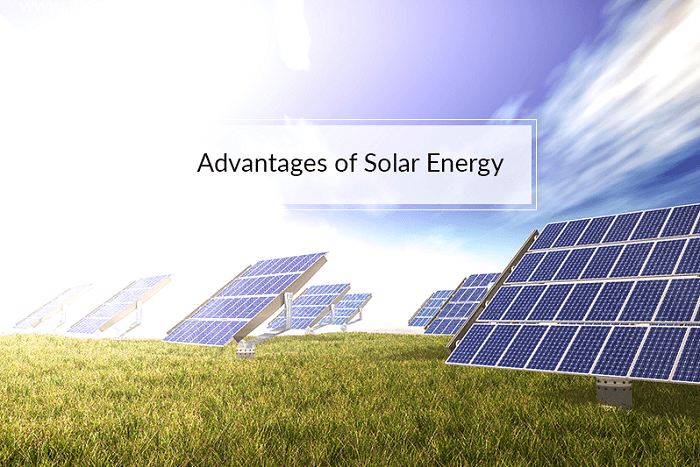
1. Renewable Energy Sources Solar energy is genuinely a renewable resource, making it the most significant of the many advantages of solar panels. Every day and anywhere in the world, it is usable. Solar energy will always be available, unlike other overused resources. As long as the sun exists, which, according to experts, will do so for at least the next 5 billion years, solar energy will be easily accessible to humankind. Additionally, the cost of solar panels has decreased by 75%, which ought to persuade everyone to switch to solar. 2. Provides Energy Security The fact that no one can go out and buy sunlight or turn it into a monopoly is another major advantage of putting solar panels. This provides a substantial solar power advantage of energy security in addition to the ease of use of solar panels. For this reason, governments are pouring enormous sums of money into creating and implementing solar power systems. 3. Decrease the Carbon Footprint It is well recognized that carbon dioxide contributes to global warming, which is wreaking havoc on our planet and melting glaciers, endangering species, and eroding shorelines. Your carbon footprint is also reduced by solar energy. For instance, solar energy can reduce reliance on non-renewable energy sources and contribute to annual water savings of about 16000 gallons. Since the average individual has a 15% carbon footprint, reducing the mileage from 15,000 to 10,000 can prevent the emission of more than a tonne of CO2. 4. Technology Development The technology in the solar energy sector is constantly improving, and advancements will undoubtedly accelerate in the next years. Advances in nanotechnology and quantum physics could increase electrical output or increase the effectiveness of solar panels. 5. Low Maintenance Costs Solar energy systems only need a little upkeep. All that's required is that you keep them largely tidy. The trustworthy solar energy businesses offer a 20-25 year warranty. The inverter is the only part that needs to be replaced after 5 to 10 years because there is no wear and tear. In general, very little money is spent on upkeep and repairs. For instance, a rooftop solar PV system checkup for a home typically costs around $150.00 every year. 6. Diverse Uses Solar energy has several applications, including the generation of heat and power. Additionally, it can be used to distill water in areas with scarce water supplies, produce electricity in remote locations without access to energy infrastructure, and run recreational and residential properties as well as space-based satellites. These are a few of the popular and diverse uses for solar energy. 7. Reduce Electricity Bills and Increase Savings The energy expenses will undoubtedly go down because the solar power system would supply some energy requirements. Both the size of the solar panel installation and electricity usage are important. You will save money on the bill and produce more electricity than you can consume, with the surplus being exported back to the grid if it is linked. If your consumption is 10,000 kWh and the solar panels produce 10,000 kWh or more, you will save a lot on your electricity expenditures. The normal electricity bill may only be $10 or less. Disadvantages of Solar Power PlantsEven if many positive things are spoken about solar energy daily, consumers should be aware of its drawbacks before investing any money. Here is a list of the main drawbacks of solar energy: 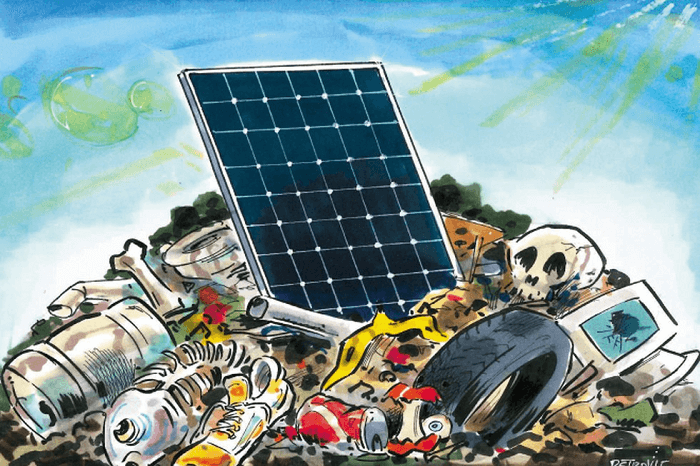
1. It's Not 100% Reliable This indicates no energy production when the sun is not shining. During the cold and at night, power generation is most affected. Most individuals have invested in battery backup systems to use electricity when the sun is not shining. The price of installing a solar panel can rise if you invest in backup systems. Most of the time, it doesn't improve solar energy technologies. Solar panels are ineffective at night, forcing you to rely on your local utility grid or purchase solar batteries to store extra energy you may use at night. Other renewable energy sources can be used at night, unlike solar panels, which are ineffective at night. Storms or hurricanes further decrease the ability to draw power during such days. 2. High Initial Capital Costs Even though installing solar panels would have significant long-term advantages, the initial fees can be punishing. Depending on your chosen supplier, you can pay for an arm and a leg for solar panels. With the assistance of manufacturing businesses, it is easier to estimate the full installation cost. Many countries have provided tax breaks and subsidies to encourage the installation of solar panels, but the cost might be intolerable if you have money set aside for this purpose. Additionally, it could take up to 10 to 15 years to recover your initial investment. It doesn't matter how long the payback period will take; anything that will lessen our reliance on fossil fuels is important. However, most governments have worked with producers to reduce solar panel prices to head off the catastrophic effects of global warming. Currently, a solar panel costs $0.65 per watt on average. The identical solar panels were sold at $0.74 per watt just a year prior. Getting everyone to utilize solar energy is a major commitment. 3. Problem of Efficiency There is a ton of information available about how ineffective solar energy is. The majority of people need to be made aware of what efficiency is. When people see 15% efficiency, they believe it to be inadequate. They believe that 100% efficiency would be optimal. The quantity of area needed to produce energy is the key to efficiency. You'd been surprised to learn that a solar panel with an efficiency of 15% provides the same power as one with a 20% efficiency. The disparity's size is evident. Larger panels typically are less efficient than smaller panels. Greater efficiency is essential to small power electronics because of the limited area. A roof can nevertheless produce enough electricity for any home need. Therefore, only small roof spaces are considered when investing in rooftop solar panels. It's important to remember that more expensive panels with higher efficiency cost more. 4. Complications When Moving Moving solar energy technology, such as solar panels, presents difficulties. If you choose to vacate, the solar contracting firm will transfer the lease agreement to the new tenant. These businesses do not want to pay additional fees to remove the solar panels. To provide a seamless transition to the new tenant, they have specialized staff that collaborates with realtors, title agents, and inspection agents. The business can move quickly, but you'll be responsible for the de-installation and re-installation costs if you decide to take the solar panel and leasing contract with you. 5. Materials Used to Make Solar Power Plants Can Cause Pollution. A current report on the viability of recycling PV panels is unavailable. Despite having a remarkable lifespan of roughly 50 years, solar panels can have negative environmental effects when disposed of. Over the years, this issue has gone unresolved. Thus, it needs to be dealt with right away. 6. Negative Energy Balance Solar energy cannot be relied upon to drive a nation's economy due to the unpredictable nature of the sun. Scientists anticipate that, by 2020, solar energy technologies, which are currently under development, will be able to serve the majority of the world's population. Before that, our primary energy source will continue to be fossil fuels. 7. Installation Area For residential users, a solar energy installation may only need a little space because it may be built on roofs that can generate enough energy. However, a vast area is needed for the system to supply electricity effectively for large businesses. ConclusionIn addition to producing other energy sources like biomass, wind, hydropower, and wave energy, solar power represents a huge source of immediately usable energy. Despite significant fluctuations with latitude and season, the majority of the Earth's surface receives enough solar radiation to enable low-grade heating of buildings and water. Simple mirrors can focus solar energy at low latitudes in order to drive steam turbines and even for cooking. In some semiconducting materials, light energy can shift electrons. Large-scale electricity can be generated using this photovoltaic effect. The current poor efficiency of solar PV cells, however, necessitates the use of very wide areas to meet the demand for electricity.
Next TopicAdvantages and Disadvantages of Family
|
 For Videos Join Our Youtube Channel: Join Now
For Videos Join Our Youtube Channel: Join Now
Feedback
- Send your Feedback to [email protected]
Help Others, Please Share










